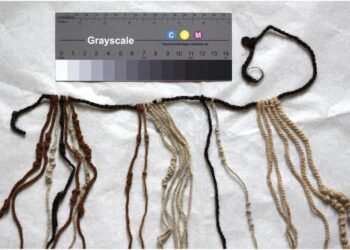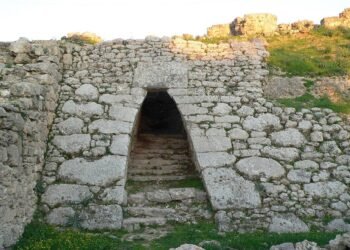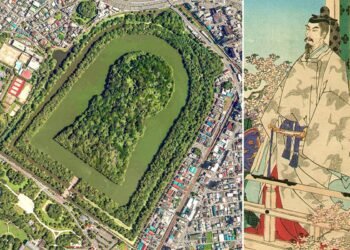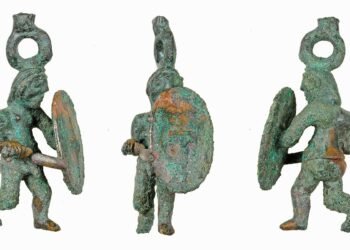Archaeologists from the National Institute of Anthropology and History (INAH) and the INAH Puebla Centre have unearthed several pyramidal structures at the Los Teteles de Ávila Castillo archaeological site, dating back over 3,000 years to the Late Middle Formative period.
 Locally known as Tetelictic, or “Los Cerritos” (“The Little Hills”), the site spans approximately 7.4 acres and once served as a major ceremonial center and pilgrimage destination for the inhabitants of the Sierra Norte region of Puebla.
Locally known as Tetelictic, or “Los Cerritos” (“The Little Hills”), the site spans approximately 7.4 acres and once served as a major ceremonial center and pilgrimage destination for the inhabitants of the Sierra Norte region of Puebla.
According to experts, the people who once lived at Tetelictic later migrated to major pre-Hispanic cities such as Teotihuacan, Cantona, and Cholula, returning periodically to their ancestral site to honor their cultural heritage. The site’s cultural characteristics are associated with Totonac groups, one of the prominent Indigenous civilizations of ancient Mexico.
The most recent excavations—carried out in response to erosion and the looting of materials for local construction—have revealed three pyramidal structures, along with an array of significant archaeological artifacts. These include charred ceramics, polished lithic tools, and objects fashioned from obsidian and basalt. The widespread presence of obsidian flakes suggests the existence of a local lithic industry dedicated to producing tools and weapons.
One of the key findings, known as Structure 1, is believed to have functioned as an astronomical observatory. Researchers say it is aligned with nearby mountain ranges and the star Canopus, the brightest star in the southern constellation Carina. This celestial alignment would have supported the tracking of agricultural cycles, which played a vital role in the sustainability of ancient agricultural communities.
Alberto Diez Barroso Repizo, director of the Teteles de Ávila Castillo archaeological project, underscored the importance of the site’s urban layout, which allowed for solar observations used in the agricultural calendar. Ongoing excavation and preservation efforts have been supported by Mario Castro Jiménez, municipal president of Teteles de Ávila Castillo, and Josefina Rosario Viveros, president of the civil association Tzoncoyotl.
Looking ahead, archaeologists plan to deepen their investigation into the architectural and construction techniques used to build the pyramid bases. As Mario Castro Jiménez noted: “In the following seasons, we will focus on understanding the construction and architectural systems of the pyramidal bases.”
However, public access to the archaeological zone will remain restricted until officially approved by the appropriate cultural heritage authorities.
The research at Tetelictic, which has spanned more than a decade, continues to shed light on the site’s deep cultural and ceremonial significance. As a center of religious observance, ancestral remembrance, and astronomical knowledge, Tetelictic stands as a vital link in understanding the ancient civilizations of Mesoamerica.
More information: INAH























